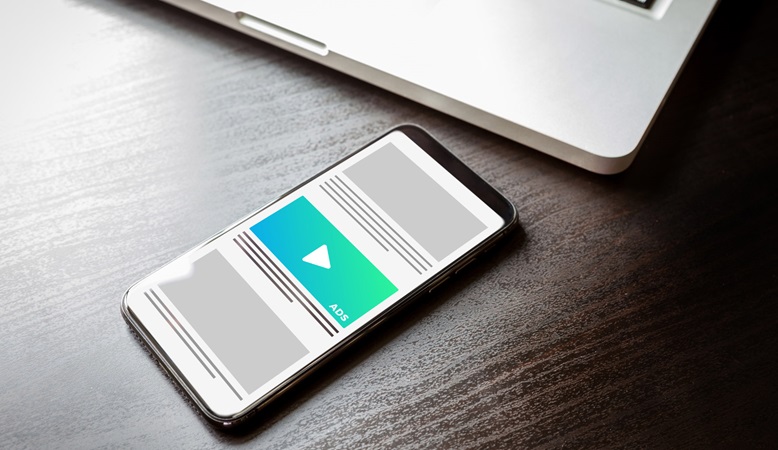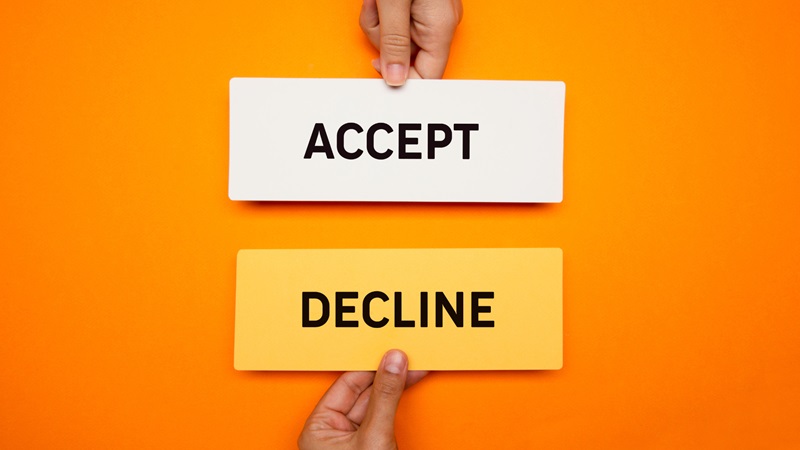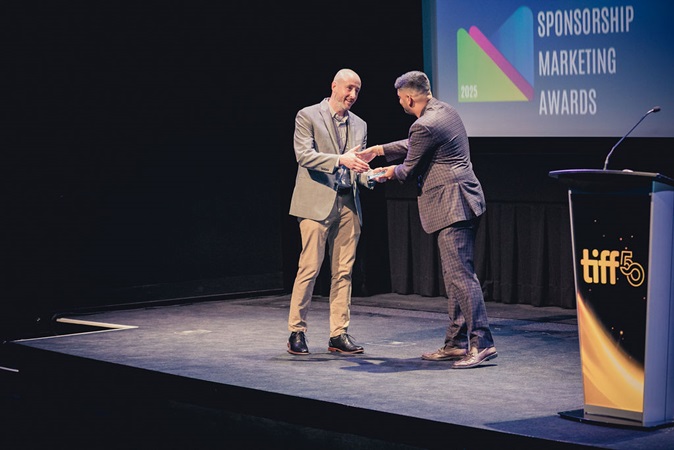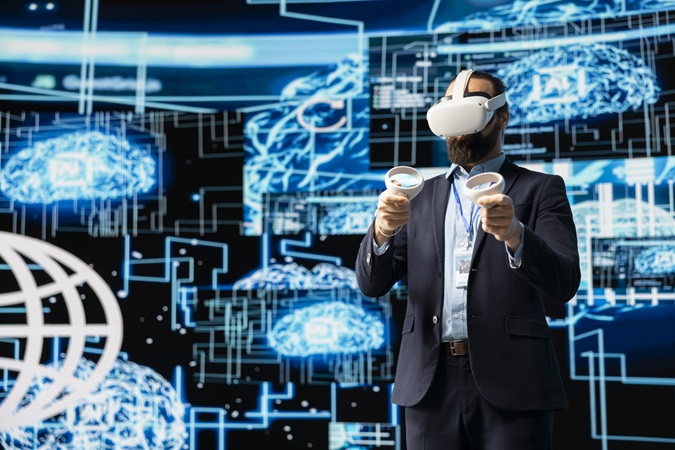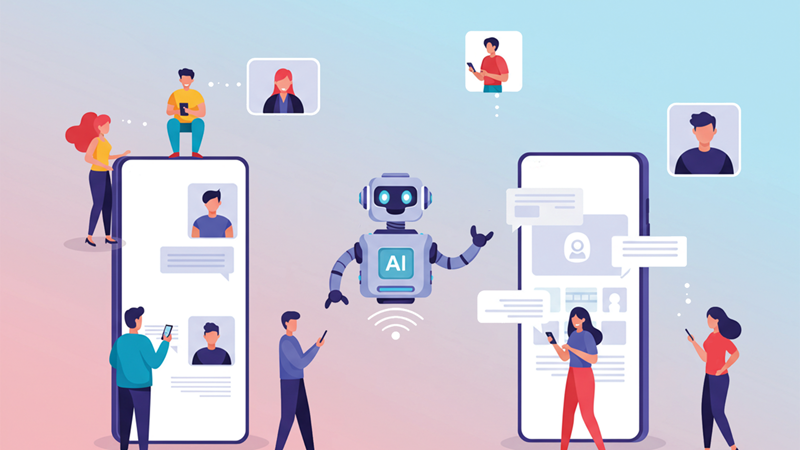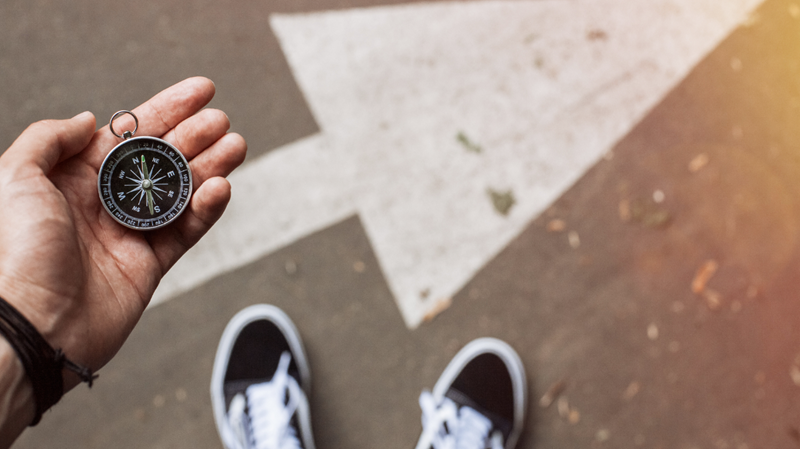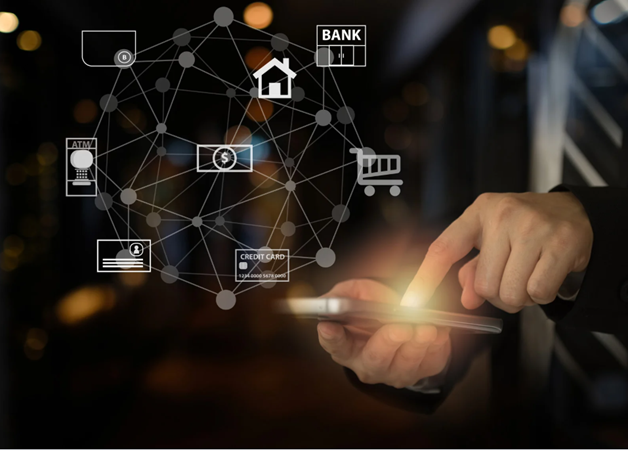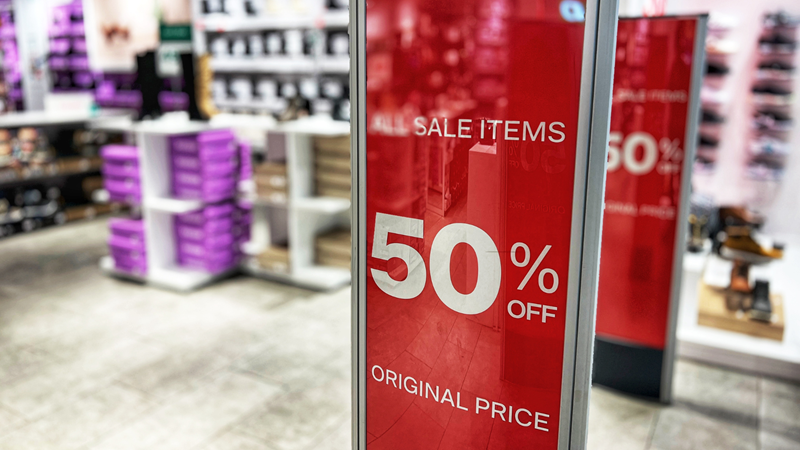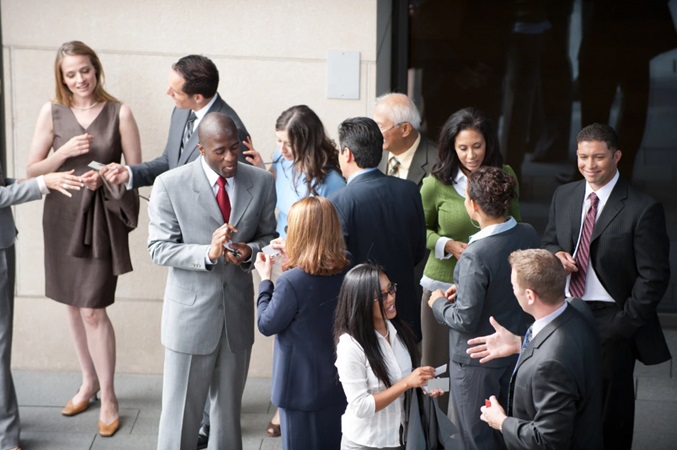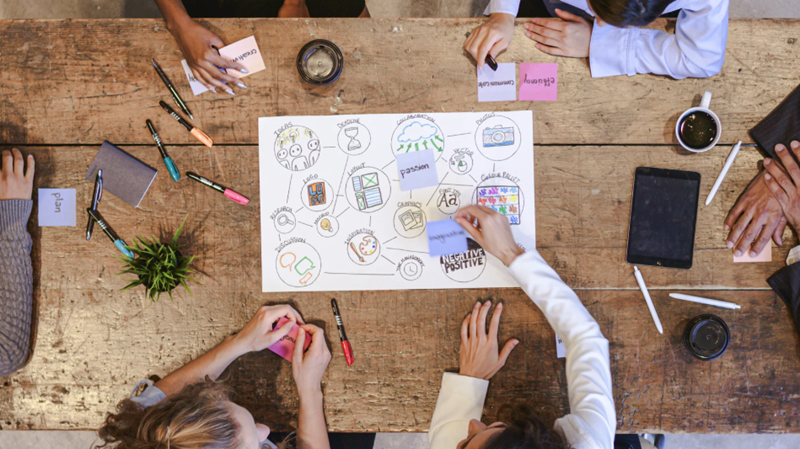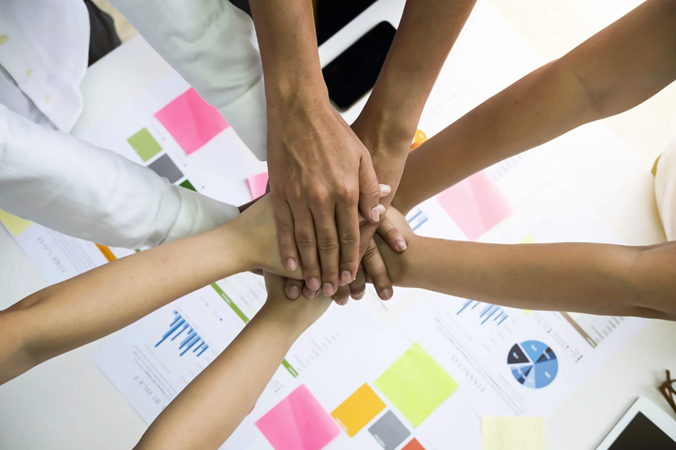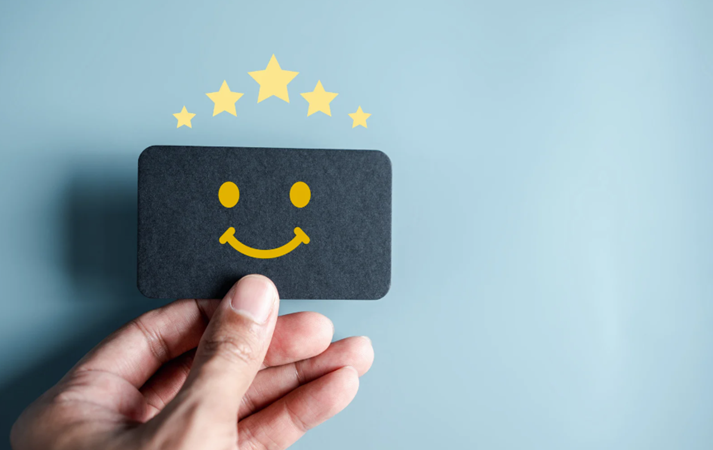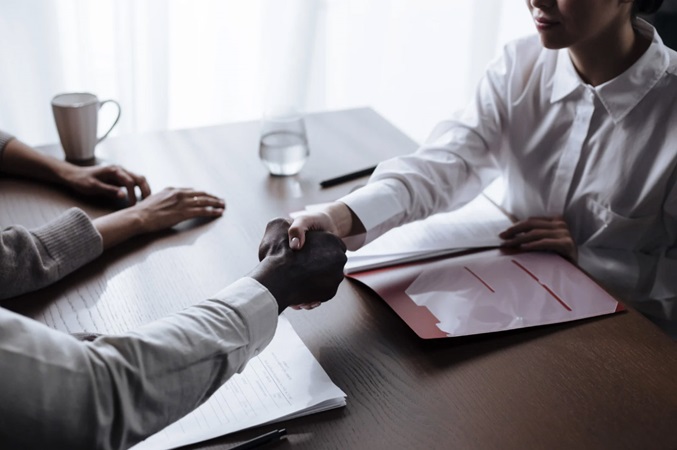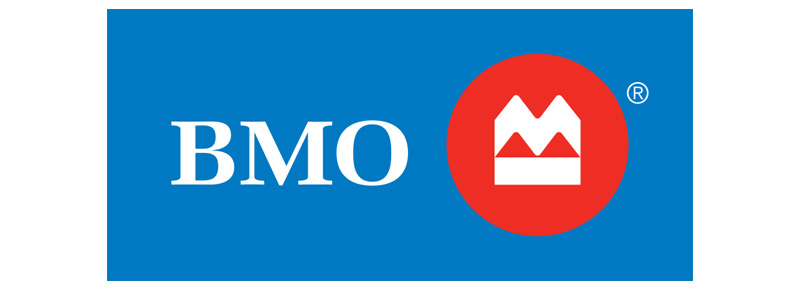Microaggressions and its Impact
“You are pretty, for a Black girl”.
I was 16 when I recalled my first microaggression. I was on a bus coming home from school and a friendly white man felt he should tell me this, as I was exiting. He may have thought he was complimenting me, he probably thought he made my day. Unfortunately, it was the exact opposite. To this day I remember that moment like it was yesterday, and I still carry the feeling of not being ‘enough’: pretty enough, smart enough, capable enough.
This is what microaggressions do. These everyday interactions and behaviours that are considered small, common, and sometimes ambiguous, are particularly stressful for those on the receiving end. They live with us, and they add up. My bus admirer had no idea how much that impacted me. As a woman of colour the offhand comment really made me feel like I was not as pretty as someone who was white.
The term microaggression was originally coined in the 1970’s by a Harvard psychiatrist, Chester M. Pierce. Pierce focused on black-white racial interactions and focused on white put downs towards black people. Since then, it’s evolved and has landed focusing on the power imbalance between groups and the stereotypes that drive the imbalance in those interactions.
Common microaggressions can look like the following:
- Complimenting a person of colour after a presentation saying, “You are so articulate!”
- Helping a person with a disability without asking
- Women consistently being interrupted when they are speaking
- Assuming an older colleague needs help with technology
- Telling someone they don’t ‘look’ gay
Psychologists agree that a microaggression is a form of oppression that reinforces existing power differentials between groups, whether this was the conscious intention of the offender or not.
Microaggressions also happen in actions and can be called microinsults. For example, your bias is that black men are inherently more violent than others and so in marketing campaigns you assign black men the role of an aggressor. That action normalizes black men as violent and as such perpetuates a harmful stereotype.
There can also be microinvalidations, which are communications that subtly exclude or nullify the experiential feelings of a person of colour. For instance, when you ask someone, ‘where are you really from?’ Implying the person may not be Canadian; inferring that a person must from someplace else and not born and raised Canadian.
The long-lasting effects common to microaggressions can lead to mental health disorders such and anxiety and depression. In an agency environment, this can lead to lower job satisfaction and performance. This will then affect the output of a team. It can also have an affect on the perception being treated fairly at work.
As a marketing community we need to call out these microaggressions and create safe and non-judgmental spaces so we can discuss why they harm. Even though they seem harmless, microaggressions perpetuate racism and reinforce discrimination. They undermine cultures of inclusion. Anti-bias training is great solution for organizations on their way to creating inclusive workplaces.
We need to connect to one another and correct our mistakes and learn from them. Call the microaggression ‘out’ and call the person ‘in’ so we learn together. Give folks the grace and space to grow and to tell each other you are ‘enough’.
About Tyjondah Kerr
Tyjondah Kerr has worked for Ontario Lottery & Gaming (OLG) for the past 23 years and is currently the Director Equity, Diversity and Inclusion. She is responsible for the strategic direction of equity, diversity and inclusion for OLG.




